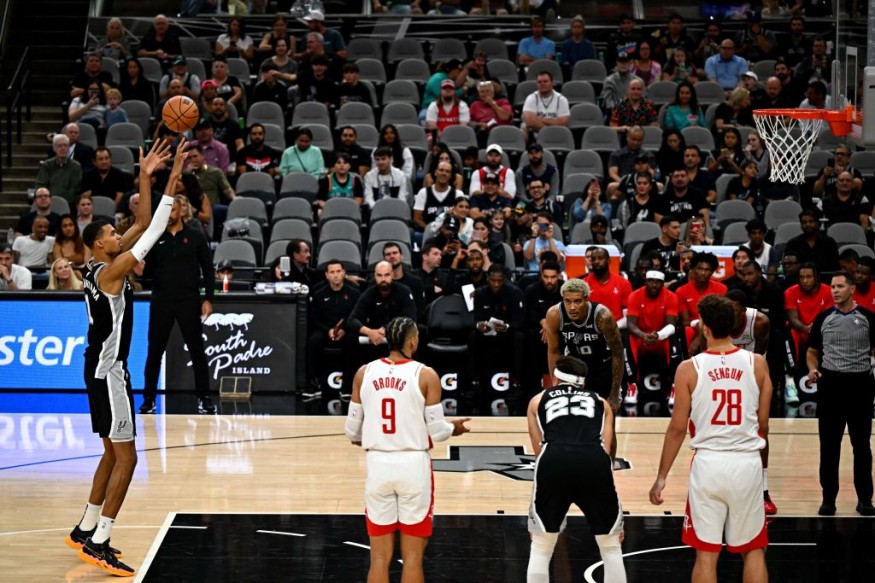In basketball, coaches emphasize the game-changing role of successful free throws. A University of Kansas study employed advanced markerless motion capture technology to analyze the biomechanics of skilled free-throw shooters, aiming to enhance player performance.
This innovative approach is detailed in a paper, titled "Biomechanical characteristics of proficient free-throw shooters-markerless motion capture analysis" published in Frontiers in Sports and Active Living.

Past Studies on Basketball Free Throws
Sports-loving scientists have extensively researched basketball, exploring phenomena like the debated "hot hand" in shooting streaks. Past studies, such as a 1985 one declaring the "hot hand" fallacious, faced scrutiny.
Meanwhile, recent mathematical analyses, like a 2015 study on the law of small numbers, indicate that such streaks may indeed exist for certain players.
Larry Silverberg and Chia Tran's method from two decades ago, simulating millions of basketball trajectories on a computer, revealed insights into the mathematics of free throws, emphasizing factors like backspin, launch angle, and speed. Controlling launch speed is challenging, and players are advised to aim at the back of the rim for better results.
In 2021, Malaysian scientists examined the optimal angle of basketball free throws using data from 30 NBA players. They concluded that a player's height correlates inversely with initial velocity and the optimal throwing angle. Additionally, the throwing angle directly relates to the time taken for a ball to reach its maximum height.
These studies collectively contribute valuable insights for players and coaches aiming to enhance basketball performance through a better understanding of shooting mechanics.
Biomechanical Insights into Proficient Free-Throw Shooting
In a University of Kansas study, 34 participants, with at least four years of basketball experience, attempted 10 free throws each. It shows that proficient free-throw shooters, achieving over 70% accuracy, exhibited a more controlled shooting motion with lower angular velocities.
Using a markerless motion capture system, the study, co-authored by Dimitrije Cabarkapa, found proficient shooters displayed greater release height and less trunk lean. However, an overemphasis on release height was deemed counterproductive for accurate shooting. The study, part of the Wu Tsai Human Performance Alliance, leverages innovative technology to explore basketball shooting mechanics in-depth.
The research emphasizes the complexity of shooting efficiency, challenging the idea of attributing it to a single biomechanical variable. The study introduces markerless motion capture technology, advantageous for noninvasive assessment, overcoming issues associated with traditional marker-based systems.
Cabarkapa highlights the study as the first to use this technology to examine proficient free-throw shooters' biomechanics. While the effects of fatigue and defenders weren't included, upcoming studies aim to explore these factors.
The study's findings contribute to an expanding body of scientific literature on basketball shooting performance. Dimitrije Cabarkapa underscores the critical importance of the preparation and release phases in shooting efficiency.
The study envisions using innovative technology to delve deeper into the transition phase and kinematic chaining, ultimately aiming to answer the question of why specific shots, even from renowned players like Steph Curry, miss their mark.
RELATED ARTICLE: The Physics of Throwing a Football
Check out more news and information on Physics in Science Times.
© 2025 ScienceTimes.com All rights reserved. Do not reproduce without permission. The window to the world of Science Times.









